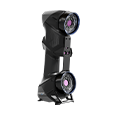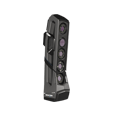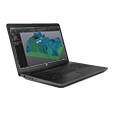3D Scanning to Enhance Clay Modeling in the Design Process of Automotive Manufacturers
Clay modeling still plays a vital role in the design process of automotive manufacturers, even in a tech-driven industry. Working with clay enables sculptors to fine-tune their models with a human touch and an artistic view. That is important because customers value aesthetic qualities as much as utilitarian ones.
However, clay sculpting is not as simple as stepping into a studio and using extensive tools, chisels, and stone to craft some fancy-looking cars. It involves months of preparation, sketches, planning, and decision-making before getting to a final design.
Challenges: How can clay model builders and digital modelers combine their art to create the cars of the future?
The biggest challenge for automotive manufacturers is finding a way to provide digital modelers with sculpted data quickly and efficiently. Quickly because a design requires a lot of changes and refinement (the more time they have to make improvements, the better the quality of the design will be). And efficiently because the modeling team needs accurate 3D measurements with the finest level of detail to comprehend the clay model and make better decisions.
This is where 3D scanning comes in.
How can 3D scanning be integrated into the design process without lengthening the workflow?
When 3D scanners are too bulky and difficult to manage, modelers must step away from working on the clay, which makes the design process time-consuming. Precious time is thus lost, especially when deliverables have hard target dates. Therefore, it is crucial for designers to be able to scan the clay model while modelers continue working on it.
How can 3D scanning lead to better design projects?
Making small grooves in a moment of inspiration and adding or accentuating a styling line are all things that take time and play into the final result. Therefore, the modeling team needs to focus their time on sculpting the clay and making refinements. They must be able to transition between CAD and clay quickly. They must have the ability to fix affected areas promptly. The more reviews they can make, the better the final version will be.
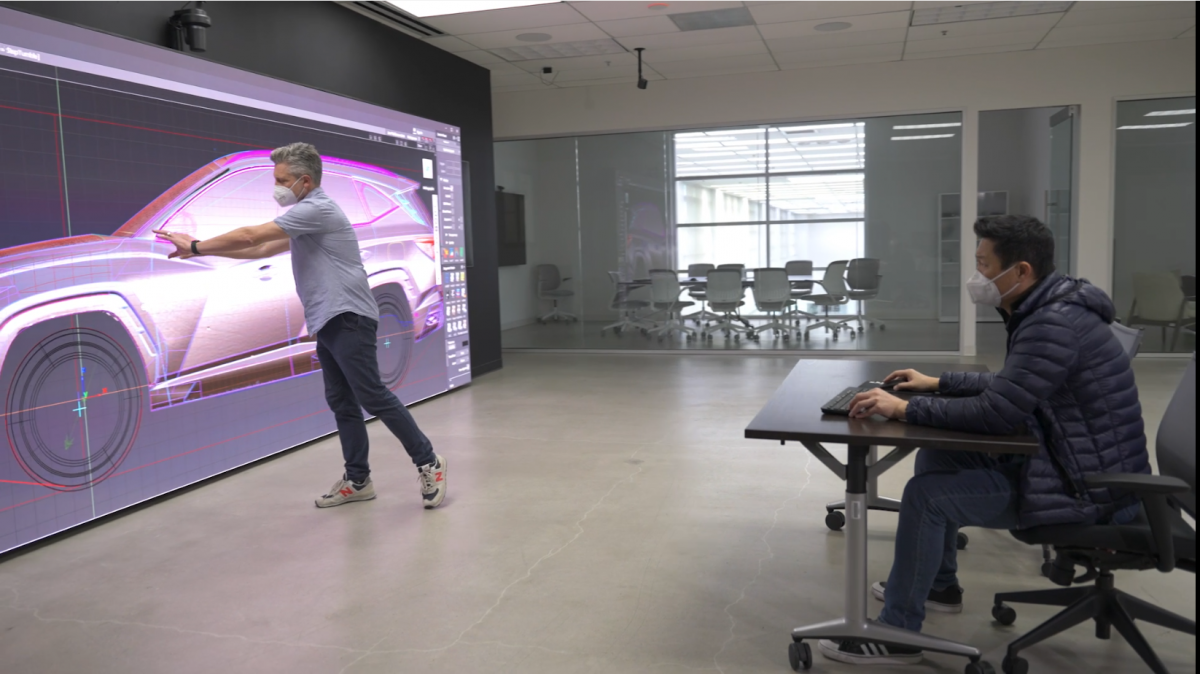
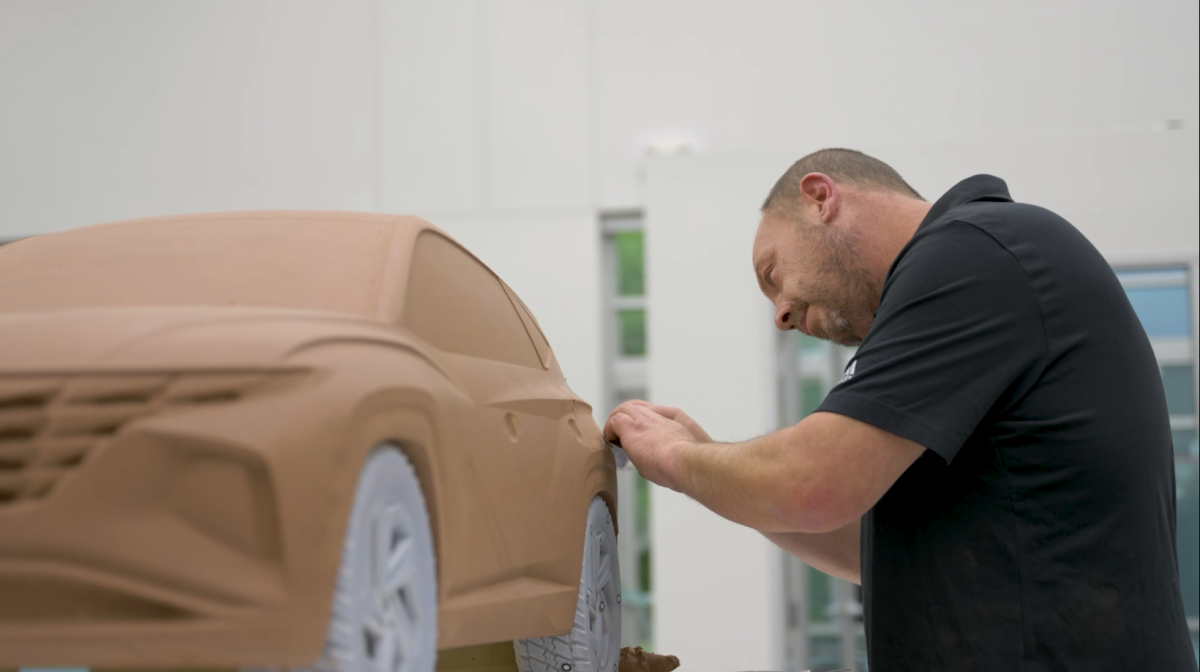

Hyundai Motors Corporation
Founded in 1967, the South Korean multinational automotive manufacturer Hyundai Motor Company does no longer need an introduction as its vehicles are now sold in 193 countries through 5,000 dealerships and showrooms. Not only is Hyundai the world's third-largest vehicle manufacturer by production volume, but also its innovative designs make sensation in motor shows. Ranging from sedans to SUVs, its new design philosophy perfectly marries proportions, structure, styling, and technology.
Hyundai turned to Creaform 3D scanners for real-time development. Once the 2D design is settled and the 3D model is hand-sculpted using clay, the designers usually gather to collect the team's opinions and make changes. As this refinement is made by hand on the clay model, the modeling team did not know what to do with this new information, how to digitize this new data. That’s when they started looking for a 3D scanner.
“Upon doing my investigation in different types of technologies, Creaform came on top for me,” says Rob Homer, Operations Modeling Manager at Hyundai. “I realized that they had a very good product, at a very good price—very reliable, very fast, and easy to use.”
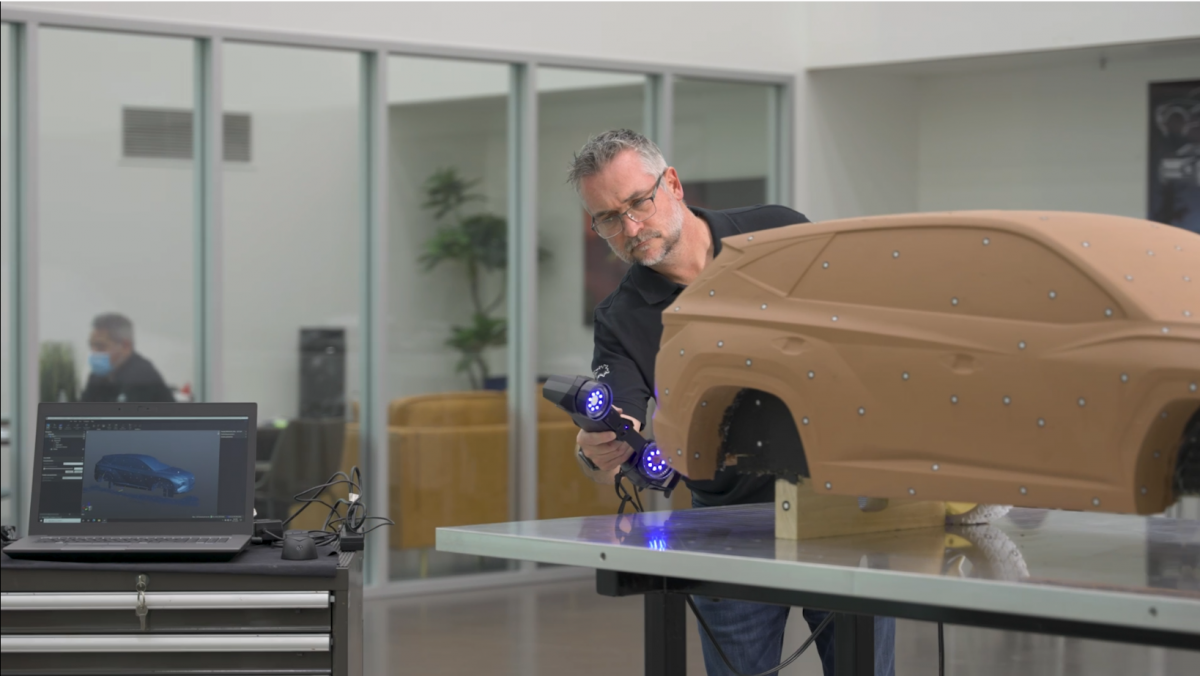
Thanks to the HandySCAN 3D | BLACK series, the Hyundai modeling team could save precious time comprehending the clay model. Now, since they get the data very quickly, they can add it to the CAD and send it back to the clay sculpting team on the same day. This fluidity helps the designers to decide on which variant they want to develop further.
Because their experience with Creaform—from purchasing to training—was pleasant and professional, Hyundai plans to continue using 3D scanners for their future designs. “3D scanning technology will continue to be used because we will continue to look for better products, better surfacing, better cars,” adds Rob Homer. “And this is the correct way of going forward.”
Solutions: Easy-to-use, Fast, Accurate, and Compact 3D Scanners
Ease-of-use is illustrated when designers, who are usually non-experts in 3D scanning, can count on plug-and-play tools and user-friendly interfaces to support their design process. Such tools give them the independence to use the scanner on their own, without having to wait for somebody else to do the scan for them.
Speed is defined by the quick turnaround time between the scan data to the digital modeler and the ability to generate a real-time mesh that is already lightened and processed, ready to be seamlessly integrated into CAD software.
Accuracy is provided by precise, high-resolution, and repeatable results, regardless of the measurement setup quality, environmental instabilities, or user experience. It also means that the size and compactness of the scanner do not compromise the measurement accuracy and level of detail that it can capture.
Metrology-grade 3D scanners, such as the HandySCAN 3D | BLACK Series and Go!SCAN 3D, as well as Scan-to-CAD software module VXmodel, are good examples of these easy-to-use, fast, accurate, and compact scanning solutions.
Benefits: With 3D scanning, digital modelers get the sculpted data more quickly and efficiently
3D scanning provides the modeling team with a better understanding of the clay model, independence for those who use the tool to scan sections of the model, and more time to make better decisions about design variants they want to continue to develop.
- Better and faster understanding of the clay model
3D measurements are now so important. They help the modeling team comprehend where the clay model is in relationship to all of the design’s boundaries in terms of criteria and styling. From a glance at the colormap, designers can see where the discrepancies are between the scan and the CAD, which helps them to make better decisions more quickly.
- Seamless integration into the design workflow
Once the scan-to-CAD software becomes familiar, the scanning process is quick and easy. Designers can scan individual sections or parts of their model without having to disturb anyone working around it. The information can then be relayed to the digital team within minutes of finishing the scan.
- More time for the design process and refinement
Thanks to the quick turnaround time between scanning the clay model and getting the data to the digital modeler, the modeling team now has more time to work on and sculpt the clay, which is often critical in design projects. The speed of the scanning process provides the ability to fix the affected areas quickly in order to mill the model again before the final reviews. Thus, the overall quality of the deliverables to the CAD team is improved.

